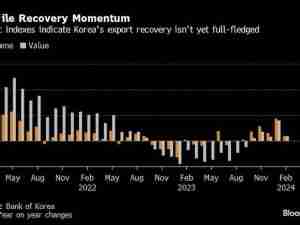Harley-Davidson Inc. cut its full-year operating margin outlook and global bike shipment forecast, signaling trouble for its strategy of growing motorcycle sales overseas to offset slumping U.S. demand.
Weak worldwide sales and the impact of tariffs dented second-quarter earnings, prompting the Milwaukee-based manufacturer to cut its shipment forecast this year to 212,000 to 217,000, from a previous range of 217,000 to 222,000.
Harley has been caught in the crossfire of trade disputes since last year, when it announced plans to shift some U.S. production overseas to sidestep higher tariffs imposed by the European Union. The move drew the wrath of President Donald Trump, who blasted off angry tweets criticizing the manufacturer and even threw his support behind a boycott.
Trade woes have compounded the longer-term demographic problems Harley faces as it struggles to attract younger buyers and reverse a 2 and 1/2-year slide in U.S. sales. Efforts to grow share overseas are being hampered by tariffs and weaker global consumer demand, which suggests a turnaround may be a long way off for the biker brand.
“Plummeting demand in the U.S., which made up 58% of 2018 deliveries, is structural,” said Kevin Tynan, an analyst with Bloomberg Intelligence. “Achieving a goal of attracting 2 million new riders by 2027 will be challenging even without elevated tariffs.”
Harley’s adjusted earnings per share in the second quarter of $1.46 beat the $1.41 average analysts expected, and were up slightly from a year ago. But operating income fell 26% in the quarter as the impact of tariffs eroded profits. That prompted Harley to lower expected 2019 operating margins from motorcycles to 6% to 7% of revenue, from a previous 8% to 9%.
Retail sales in the U.S., the company’s biggest market, fell 8%, the 10th consecutive quarter of declines, while worldwide sales dropped 8.4%. European deliveries, which had been spared steep declines in recent quarters, tumbled 12.5%.
“Retail sales were far worse than expected overseas,” said Sharon Zackfia, an analyst with William Blair in Chicago, who called U.S. deliveries “lackluster.”
The EU last year imposed a 31% tax on U.S.-built motorcycles as retaliation for the Trump administration’s steel and aluminum levies. Harley won approval from European regulators to ship bikes from Thailand in order to circumvent that rate, but the company said that approval process took “considerably longer” than expected.
The delay in obtaining regulatory approval and softer-than-expected retail sales in Europe were the “key drivers” of the company’s decision to cut guidance for 2019, Harley said in a statement.
In an effort to showcase Harley’s technology and reach new and younger buyers, Chief Executive Officer Matt Levatich earlier this year rolled out LiveWire, the company’s first fully electric-powered motorcycle.
“Caught between an aging customer base and next-generation technology, the company’s LiveWire electric bike will eventually appeal to younger riders, once the starting price is reduced to a level that spurs a volume recovery,” said Tynan.







